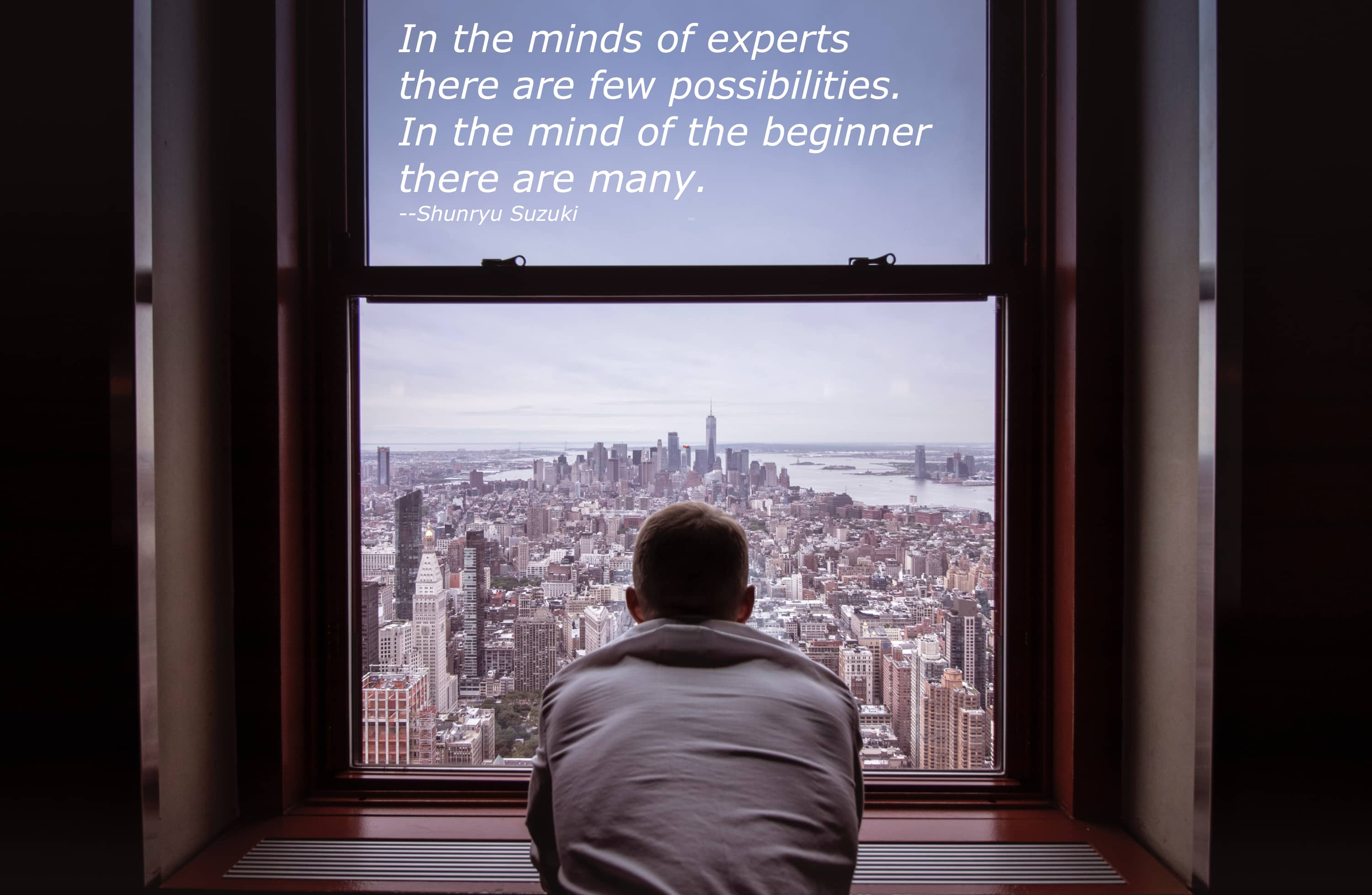(this blogpost is available in german, too)
Does the following situation ring a bell?
You as an Agile Leader, a Product Owner, a Scrum Master or Developer enter a room and observe a situation. A single look, a single sentence, a small wink makes you think you perfectly know what is going on. But: is this really true? Is this really the way to handle the situation?
This blogpost invites you to step back and listen before you act. It provides questioning techniques to help you as Scrum Master, Product Owner, Developer or Agile Leader to stay a little bit longer in the state of "actively do nothing" and listen before you act.
But back to the situation.
You enter a room, hear a sentence, observe a situation and instantly you think you know
- what it is about
- what the problem is
- why this happened
- what happens next
- and often also what (not) to do then
Just like in the situation below:
Pretty obvious, isn't it?
So, what thoughts are going through your head?
Maybe something like Oh woe!, Accident!, OMG! Is the driver ok? Where did this happen? Have fun with cleaning the mess!
Etc, etc...
Or maybe something like: What a mishap! - or something else like that.
Right?
Another example.
Look at the following picture and read the two rows in your mind:

"A-B-C"
"12-13-14"
Right?
Our mind invokes its knowledge and gives us its assumption, its interpretation, its projection of reality in milliseconds.
And this is in the video above a devastating accident - and on the picture a letter row followed by a number row.
This is our perception of the world, our reality - and thus also correct (in our heads).
Unfortunately, this does not mean that our interpretation of reality is correct. Indeed, it is often incorrect. Too often we - and our fast thinking part of the brain (2) - are missing important context.
Like in the video below - now a few seconds longer:
and second row in the picture here

actually reads "12-B-14".
The B and the 13 are actually exactly the same symbol, our mind just makes it a B once and a 13 once - based on the context in which we perceive it.
By making these assumptions (or predictions) our brain invites us to think we know exactly what's going on.
Actually, this is what our brain is constantly doing every minutes in our live. Conclusions are drawn in seconds, opinions make in a blink - but not only that, we also offer move into action by making suggestions, giving advice, well-intentioned directions for action based - all based on our opinion, our interpretation. Way too often we willingly share our knowledge of how to do things better (without even being asked).
The problem with these good intentions is that they often only makes sense in our context and is often not very helpful in the current context of the actual situation.
What can we do about it?
Even if it is difficult to hold back with one's own advice, in my opinion it is often absolutely crucial to remain curious for the time being and to question things (again) - even if they seem to be crystal clear.
Start with asking "why".
And even better than asking why is to ask "for what purpose?" something was done. "Why" often leads into the centre of the problem to search for reasons and possible culprits.
Asking "for what purpose?" on the other hand, aims into the future and offers the possibility of revealing the underlying goal, the need, the desire behind the action. "For what purpose?" also tends to help make alternative possible solutions visible.
Clarifying questions, e.g. "What kind of <abstract term> is <abstract term>?", may also help to make abstract terms more tangible and to make more information about the situation visible. This is quite simple and often highly effective, which is why this question is part of the Lazy Jedi Questions (3) in the Clean Language.
Open (open-ended) questions, e.g. "What else can you tell me about <term>?" also targets the same direction: making more context, more information visible.
Finally, I find resource questions helpful. Resource questions are questions that target strengths, potentials, and what is already working. "What has worked in the past?" is an example of a resource question.
It also often helps to ask about exceptions. "When was it better/different?". This also provides more contextual information and often also direct impulses for solutions.
Tips to remember:
I would encourage you to stay in the "actively do nothing" stance and deliberately keep the beginners mind as long as possible. Remain curious and deliberately hold back and try - despite your knowledge and experience - to gather more information first, before offering advice.
More information to the problem and alternative solutions do not come from us, but rather from the people who are more involved in the situation. If we manage to get those people to open up and share more information about the situation, alternative solutions to the problem can emerge. Often this is way more acurate than our given advice.
This is called the stance of not-knowing or "actively do nothing". Choosing this posture of not-knowing expresses the need for more information about what has been said rather than sharing assumptions, opinions or conclusions about the problem.
This posture then allows us to remain more unbiased and consciously curious, to opening up to an alternative solution for ourselves and the situation we are in.
To put it in the words of Shunryu Suzuki:

In this sense: have fun with experimenting!
Feel free to let me know in the comments where seemingly clear situations have developed surprisingly for you through the posture of not knowing!
More on the topic
(1) Lisa Feldman Barrett’s Ted Talk how your brain creates emotions
(2) David Kahnemann’s book "Thinking, fast and slow"
(3) More w.r.t. the Lazy Jedy Questions / Clean Language
(4) Slow Thinking Manifesto
(5) More on powerful coaching questions and the posture of not-knowing: "Solution-focused coaching for agile Teams"
